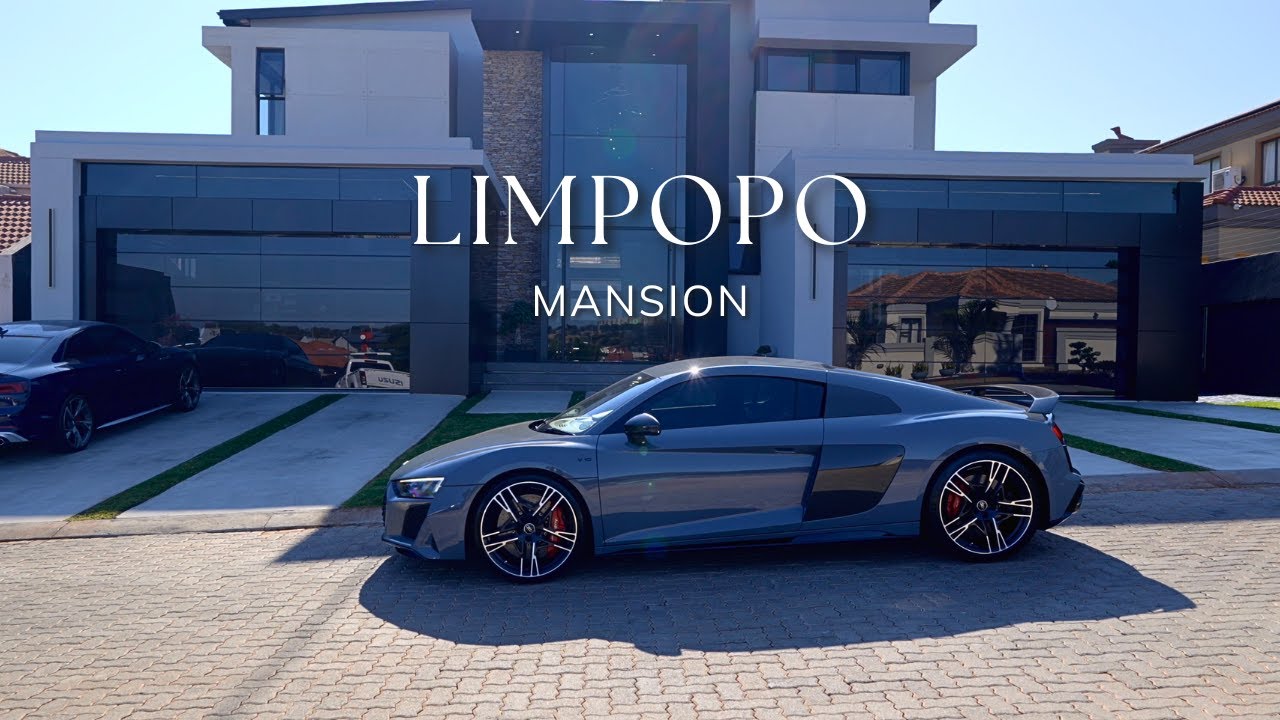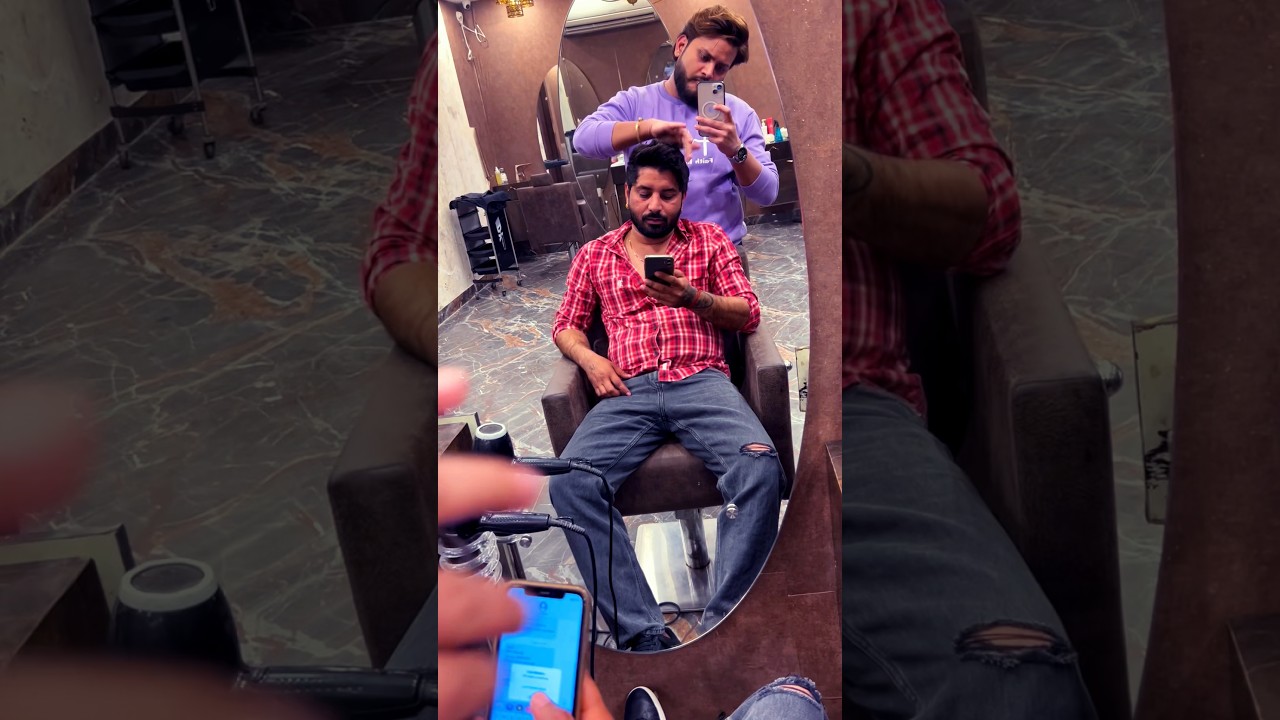Inside mid-century Tropical Modernist architecture | V&A
Inside mid-century Tropical Modernist architecture | V&A
Welcome to “the Bauhaus in the Tropics”. Developed by British architects in the 1940s, Tropical Modernism is a unique style of mid-century architecture which brought the clean lines of European Modernism to the hot, humid conditions of West Africa. From its colonialist beginnings, we trace how the style was adopted by newly-independent…
source
Reviews
0 %










The root cause of the colonization and exploitation of Africa was (and is) the evil ideology of global gangster capitalism, and the tiny number of people who benefit from it. This ideology continues to wreak havoc across the continent, and will completely destroy it, unless and until the people there can develop better ways to organize their economies and societies.
"International tropical style" I had no idea- but of course !! My new favorite thing to savor. 🌍🟩🟩🟩🟩🟫🟨🌿🌿 Excellent Commentary and Video. Production.
Pretty interesting!
ugly af
Beautiful. On the flip side of colonialism, without it there wouldn't be architecture in Africa at all.. You win some you lose some.
It seems the power of Bauhaus' ability to make the whole world more ugly is limitless.
Great to see such nicely framed shots of these historic buildings.
very interesting and well done featurette.
how does the movement in africa link with geoffrey bawa, the father of tropical modernism? or did africa develop this independently of what was happening in asia?
❤ Excellent video on an architecture style I did not know about. We yt people clearly need more education on decolonisation.
Love the airiness of those buildings. That senior staff club is a gem!
Modernist architecture actually looks kind of cool in the tropics (unlike in the UK where it always just looks grim and dystopian)
Amazing architecture and amazing video. I've always been fascinated by the role modernism has played in the periphery of the World. I think it is much easier for those in the global north to reduce modernism to its aesthetics. But as a Brazilian myself and being now presented to the Ghanain experience, it becomes clearer how for all us it represented a key element of an utopian project of social and cultural reformation. These buildings – and I see Universities and schools as prime examples of such sensibility – were manifestos of all the possible paths available for us to get into modernity on our own terms. A Black and Brown tropical modernity in the vanguard of different futures. Now I guess people mostly see this project as an outdated past, and many of these theaters, cultural associations, community centres, libraries, civic buildings, museums as nothing more than testimonies of our intellectual naivety.
Please make more videos like this, there's so little about it on Youtube!
This is fascinating, thank you! The works are beautiful
Professor Ola is the most feminine looking African woman 😜
Interesting to compare with East Africa where I was 1963-71 my father an architect in pvt practice then with the govt
Brutal architecture….
I did not know this architecture was trendy in Africa too….
To study tropical modernism and bring it back to Africa is handy to look to Brazil, a tropical partially developed tropical country with strong african culture in which the most popular style is still modernism (never faded away) and has lots of very well kept tropical and eco-modernist buildings.
Very interesting thank you Ola (I worked at MMU), of course Corbusian modernism was inspired by North African white-box architecture [as a response to Picasso's African masks] wasn't it? So Jane Drew was maybe bringing it it back down south again albeit from Corb in India. I saw her at a symposium mentioning that she had worked in Ibadan, Nigeria – so is there a Nigerian Tropical Modernism that needs highlighting too? I must say my recollection of Drew's conversation is hazy, then again it was in the mid-1980s ….
p.s. hell yes https://en.wikipedia.org/wiki/Jane_Drew#/media/File:Nigeria.JPG
I was there in 1966-68 working with John O. Our international faculty helped develop the school of architecture so that there could be Ghanian architect.
Buildings should IMo be designed and built for the lives of the inhabitants and what enables their comfort and health. So much concrete must have held the heat.